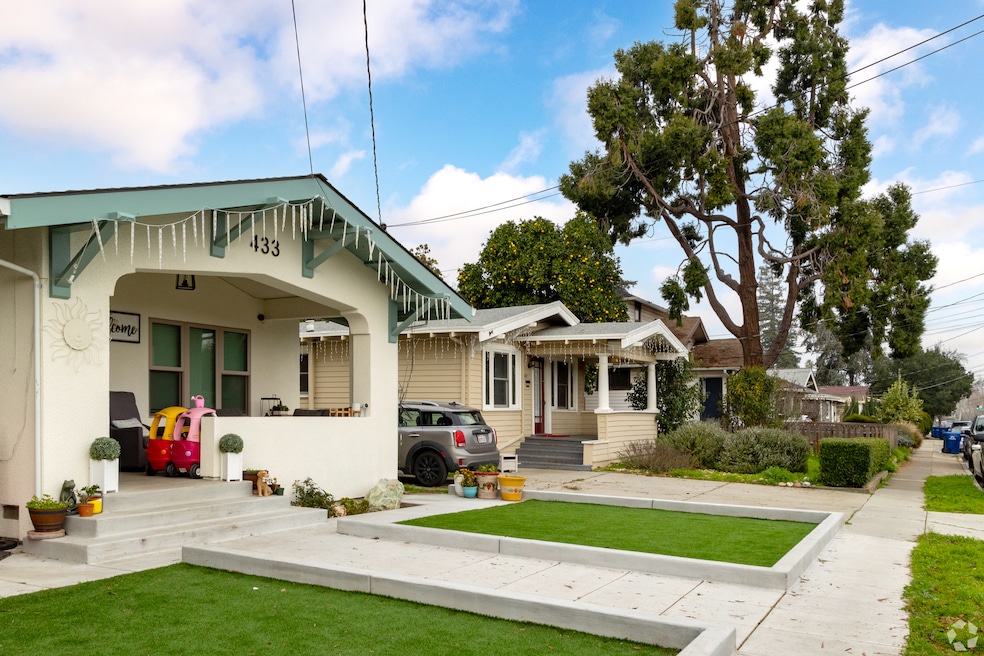Allowing property owners to sell their accessory houses, sometimes called in-law units, as condos is a tool many cities are looking at to help homebuyers, according to a new report by real estate research nonprofit Urban Land Institute.
Accessory dwelling units, typically built in the backyard of the main house on a property or added on to it, are themselves still novel. Many cities and towns have allowed them in recent years, but with caveats such as requiring the lot owner to live in the main house and capping the accessory unit’s size. Another common stipulation is that the accessory unit can be rented but not sold separately from the house.
California took a step toward changing that limitation in 2023 when its legislature approved Assembly Bill 1033, which permits cities to let homeowners sell their accessory dwellings as condos. San Jose was the first city to take advantage of the law when it passed a local ordinance legalizing such sales in June 2024, ULI said in its report. Other major cities, including Los Angeles and San Diego, are considering similar rule tweaks.
The state law’s passage “is part of a broader trend in California to address housing shortages by increasing flexibility in property use,” according to the report. “The law aims to provide homeowners with more options to manage their properties and to make homeownership more accessible to a broader population.”
The research group had listed what it called “condo-ization” of accessory dwellings among several promising state and local housing reforms in a 2024 report and returned to the topic a year later to see how it was being implemented.
The Casita Coalition, an advocacy group in California that helped draft a model ordinance for cities based on Assembly Bill 1033, says on its website that accessory homes sell for up to 40% less than single-family detached houses, making them ideal starter homes for first-time buyers.
San Jose allows up to three condos on a single-family or duplex residential lot, including the main house and two accessory dwellings, according to the city’s website. The accessory homes can’t exceed two stories in height or more than 1,000 square feet, except on lots of 9,000 or more square feet, where they can be up to 1,200 square feet. The city does not require the owner of the main house to live on the property.
San Jose had only received two applications for accessory structures to be converted to condos as of late May, planning manager Sylvia Do said in an informational post on the city website. Do said the city issued 488 permits for ADUs in 2024; more than 1,000 have been built since June 2022. Over a third of the permits last year were for a home exceeding 700 square feet.
The report also praises Portland, Oregon; as of 2024, it had recorded more than 100 condo sales involving accessory units. This was one outcome of a larger effort to encourage more housing development within existing city neighborhoods, the Residential Infill Project.
“It allows homeowners to realize the value of their ADUs without becoming landlords, promotes co-housing arrangements, and provides more affordable homeownership options in a city grappling with housing affordability challenges,” ULI said.
The maximum size for an ADU in Portland is 75% of the living area of the main house or 800 square feet, whichever is smaller, according to the city’s website.

